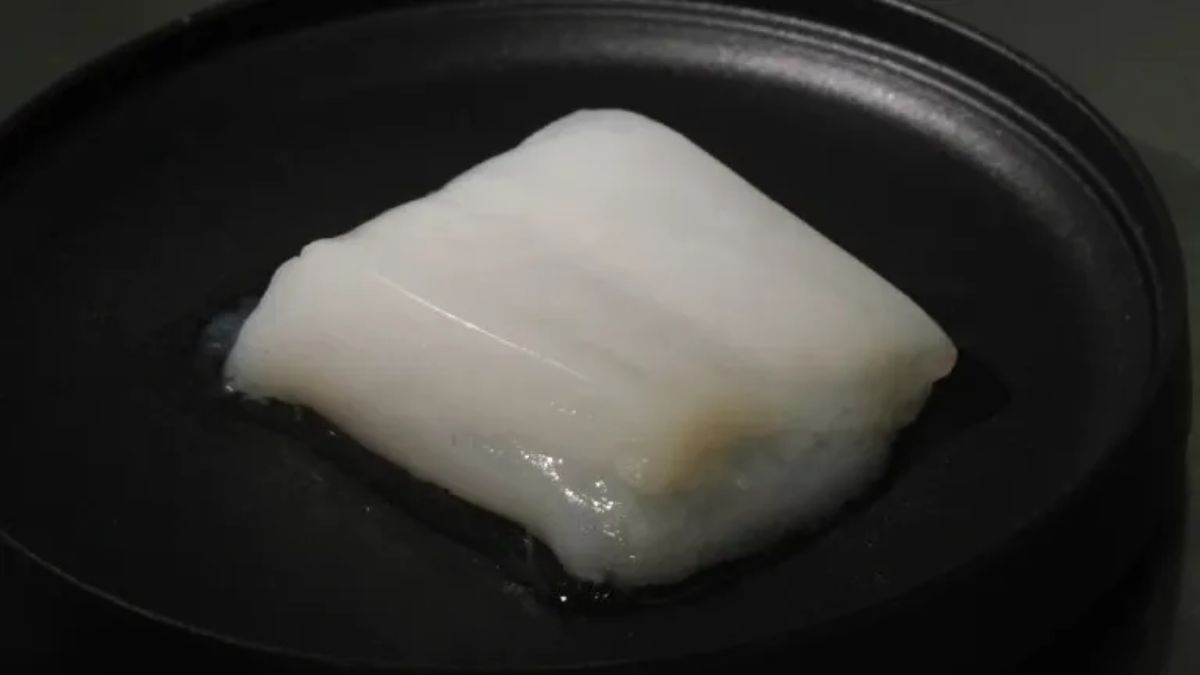What if, in the few years, the chicken nuggets you eat never came from a chicken at all—no clucking, no feathers, not even a farm?
Scientists in Japan have just turned that into reality. In a groundbreaking development, researchers at the University of Tokyo have created a lab-grown chicken nugget made entirely from cultured cells. This would mean that in the future, one may not need to raise or slaughter animals for food.
The development has generated quite a buzz not just in scientific circles but also among those advocating for more sustainable and humane ways to produce food.
Mark Post, chief science officer at Mosa Meat in the Netherlands, who introduced the world’s first lab-grown burger back in 2013, described the work as “an extraordinary engineering achievement,” report Nature.
So, how exactly did researchers grow chicken meat in a lab? Why does this development matter so much? And most importantly, when can we expect it to show up in restaurants and supermarkets? Here’s a closer look.
A lab-made wonder
Growing larger pieces of meat in the lab has always been a challenging task. Without a network of blood vessels, it’s tough to get oxygen and nutrients deep into the tissue, limiting how large or realistic the meat can grow.
To get around this, researchers turned to a clever solution—a device that mimics the body’s circulatory system. Known as a hollow fibre bioreactor, it uses ultra-thin fibres that function like artificial blood vessels to keep the growing meat alive and nourished.
These tiny fibres deliver oxygen and nutrients directly to chicken muscle cells, which are suspended in a gel. Starting small, the scientists first used 50 fibres to grow basic muscle tissue. Later, they scaled things up using 1,125 fibres and successfully produced over 10 grams of whole-cut chicken, measuring around 2 cm in length and 1 cm in thickness.
“This looks like a transformative step, it’s a really elegant solution,” Professor Derek Stewart at the James Hutton Institute in Dundee told The Guardian. “They’ve created something of a size and scale that people are hardwired to eat: it’s the chicken nugget model."
So, when can we expect to see this lab-grown chicken nugget on our plates?
While it’s a major step forward, the lab-grown meat isn’t ready for consumers just yet. It hasn’t been produced using food-grade materials, and for safety reasons, no one has tasted it. However, early chemical tests suggest the nugget has “a mild, savoury flavour and chewiness comparable to real chicken meat.”
The findings were published in Trends in Biotechnology.
Also read: Scientists create self-healing real human-like skin, to be extensively used for robotics
Why this discovery matters
This breakthrough could reshape the way we produce and consume meat in the years ahead.
As the world faces urgent challenges around climate change, animal welfare, and food security, lab-grown meat is emerging as a compelling alternative to conventional farming. By producing meat directly from animal cells, this method has the potential to drastically lower carbon emissions and reduce the environmental toll of raising and slaughtering billions of animals each year.
Some experts argue that if the hidden environmental and health costs of meat were factored into its retail price, it could cost up to 2.5 times more than it does now. Even so, lab-grown meat won’t come cheap initially.
“At first, it will likely be more expensive than conventional chicken, mainly due to material and production costs,” study author Shoji Takeuchi told The Guardian. “However, we are actively developing food-grade, scalable systems, and if successful, we expect the cost to decrease substantially over time.”
But the team behind this innovation believes the impact could go far beyond food.
According to the researchers, their technique might also be applied to fields like regenerative medicine, drug testing, and robotics. By using their hollow fibre bioreactor system, they say it may even be possible to grow human organs or create soft robots that move more like real muscle.
“Our study presents a scalable, top-down strategy for producing whole-cut cultured meat using a perfusable hollow fibre bioreactor,” said Takeuchi.
“This system enables cell distribution, alignment, contractility, and improved food-related properties. It offers a practical alternative to vascular-based methods and may impact not only food production but also regenerative medicine, drug testing, and biohybrid robotics.”
Despite a promising future, the team accepts that there are still many technical, regulatory, cultural, and cost challenges to overcome before cultured chicken nuggets will have a chance to become commercially viable.
But the researchers are talking to several companies about developing the technology further.
With input from agencies


)

)
)
)
)
)
)
)
)



